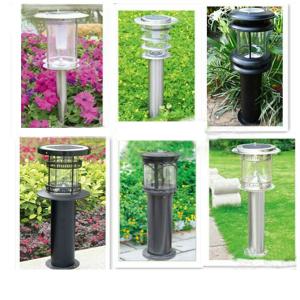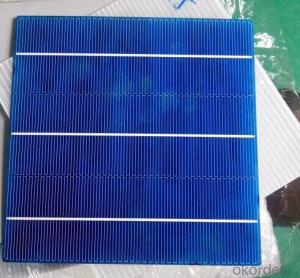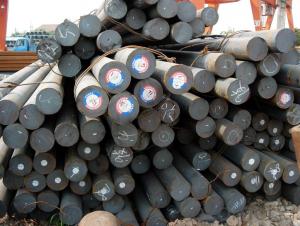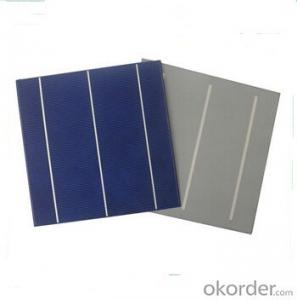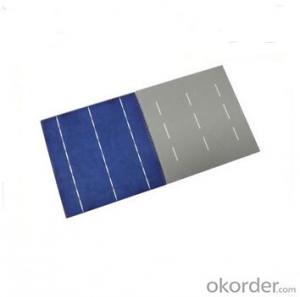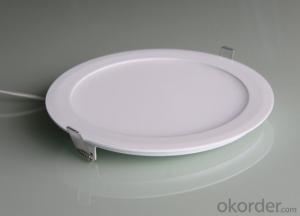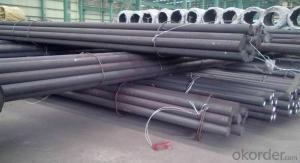Round Solar Cells
Round Solar Cells Related Searches
Raw Material For Solar Cells Roof Shingles With Solar Cells High Quality Solar Cells Light Trapping In Solar Cells High Performance Solar Cells High Output Solar Cells Best Solar Cells In The World Energy Transfer In Solar Cells Recombination In Solar Cells Hot Solar CellsHot Searches
High Mast Light Price List Solar High Mast Light Specification Philips High Mast Lighting Price List Bajaj High Mast Lighting Price List High Mast Light Specification China Flat Aluminum Plate High Pressure Laminate Supplier Philippines High Mast Lighting Suppliers South Africa Aluminum Round Bar Stock Near Me Aluminum Flat Bar Stock Near Me Aluminum Round Stock Prices Aluminum Round Stock Sizes Aluminum Round Stock Near Me Wholesale Chisel Price Philippines Aluminum Flat Stock Prices Aluminum Flat Stock Suppliers Aluminum Flat Stock Near Me Types Of Flat Roof Coverings Cheap Solar Cells For Sale Flexible Solar Cells For SaleRound Solar Cells Supplier & Manufacturer from China
Okorder.com is a professional Round Solar Cells supplier & manufacturer, offers integrated one-stop services including real-time quoting and online cargo tracking. We are funded by CNBM Group, a Fortune 500 enterprise and the largest Round Solar Cells firm in China.Hot Products
FAQ
- Yes, solar cells can be used for powering remote sensing devices. Solar cells convert sunlight directly into electricity, making them an ideal renewable energy source for remote areas or devices that require continuous power supply. Solar-powered remote sensing devices are commonly used in environmental monitoring, agriculture, and wildlife research, among other applications.
- Where can I get the most accurate information about solar cells?
- Maybe your teacher can give you some suggestions.
- Is that true that the price of solar cells will be reduced in the coming year?
- It is very possibile that that solar cells' price will go down this year because there were many orders last year, either from European or China market. The solar cells are actually very sustainable. Once you buy it, you can use it for years. With the falling demand the price of course will go down.
- The role of combiners in solar cell systems is to combine the electrical outputs from multiple solar panels into a single circuit, allowing for more efficient utilization of the generated power.
- What are the applications of solar cells?
- traffic areas: such as beacon lights, traffic / railway lights, traffic warning / sign lights, street lamps, high altitude obstruction lights, highway / railway wireless telephone booths, unattended road power supply.
- Yes, solar cells are safe for the environment. They generate electricity by converting sunlight into clean energy, emitting no greenhouse gases or air pollutants during operation. Additionally, the production and installation of solar cells have minimal environmental impact compared to conventional energy sources.
- The typical lifespan of a solar cell is around 25 to 30 years, although some high-quality panels can last even longer with proper maintenance and care.
- Yes, solar cells can be used in remote communication systems. Solar cells are an efficient and reliable source of renewable energy that can power various remote communication devices such as satellites, weather stations, and remote sensors. Their ability to convert sunlight into electricity makes them ideal for remote locations where access to grid power is limited or non-existent. Additionally, advancements in solar cell technology have made them more compact, durable, and efficient, further enhancing their suitability for remote communication systems.
















